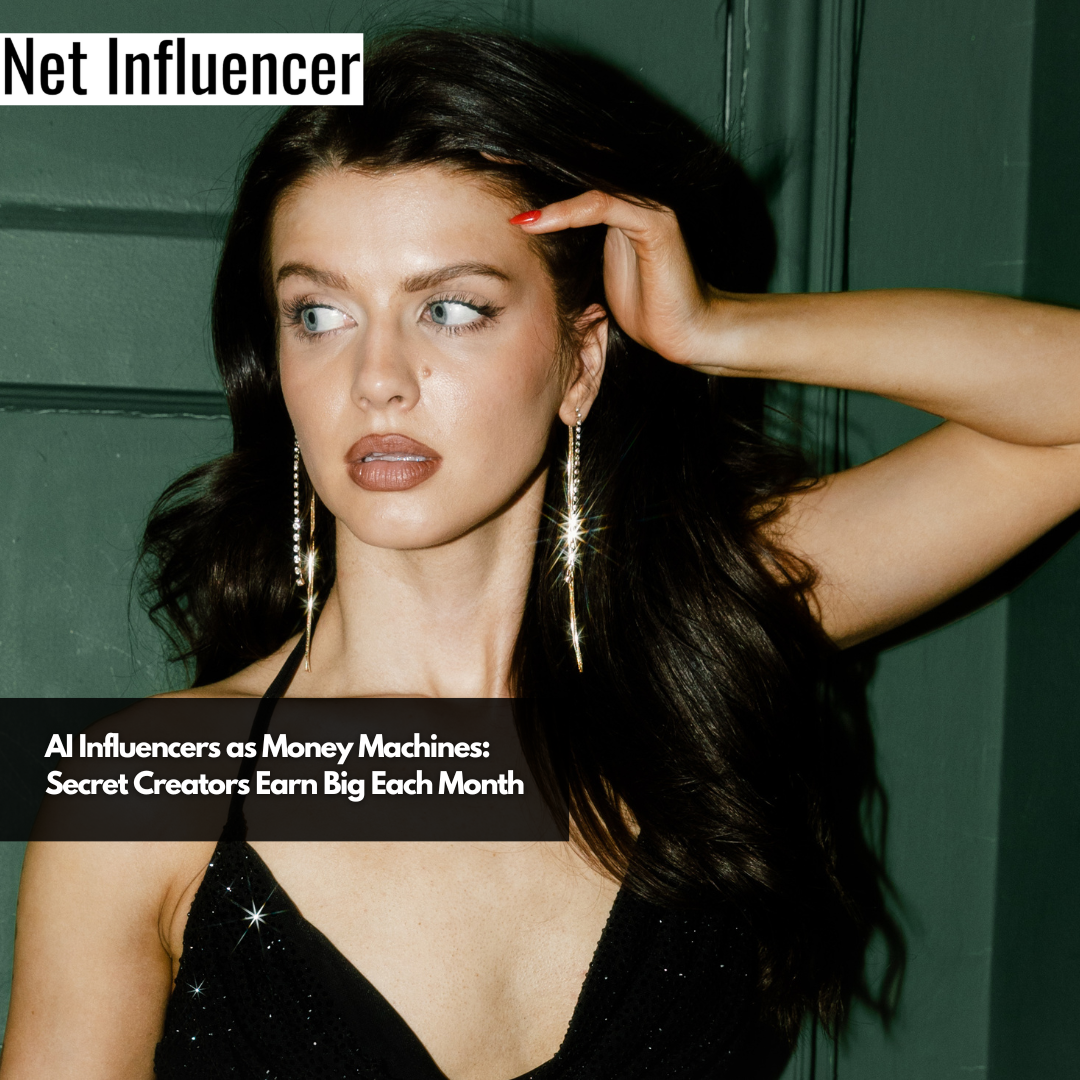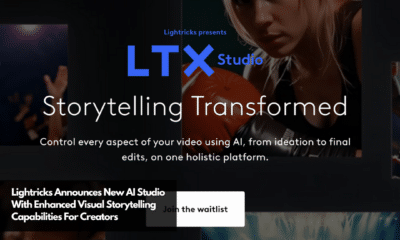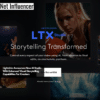Influencer
AI Influencers as Money Machines: Secret Creators Earn Big Each Month
A new breed of influencers is earning thousands of dollars each month on adult content platforms – and they don’t actually exist in real life. These AI-generated models – made by anonymous creators using image generation tools like Stable Diffusion – are raking in significant revenue from subscribers paying for exclusive content and interactions.
The rise of AI influencers reflects growing image-generation capabilities that are opening up new opportunities for monetization in the creator economy. Will Monange, CEO of OnlyFans’ rival Fanvue, is at the forefront of this AI influencer wave.
“If someone’s able to have a persona they can leverage without being the person in front of the camera, we took a bet that would open up opportunities,” Monange has told Fortune.
Betting on this emerging industry phenomenon is already paying off for some creators. In January, one of Fanvue’s top AI models, Emily Pellegrini, generated $23,000 in revenue, up from $6,000 in October. AI creators accounted for 15% of Fanvue’s total revenues last November.

For the anonymous university student who created AI maven Hailey Lopez, the hobby turned income source now brings in $2,500 to $4,000 per month from just a few hours of daily content creation and subscriber interactions.
“Never before had I worked with AI or content creation professionally,” the incognito creator has said. What started as a pastime for this person has evolved into something significant. “From the beginning, it was just my curiosity that turned into something much bigger.”
Paying for interactions with an AI persona may seem unfathomable for some, but Monange claims the behavior mirrors existing parasocial relationships that fans develop with real influencers. “It’s a very similar interaction. It just so happens the character is virtual,” he explains.
For the Spanish AI model Aitana, who made $11,000 in one month, creators post Instagram stories depicting mundane life to build a relatable persona that followers find attractive.
“Even after the media revealed she was an AI creation, many followers still expressed their love for her,” Diana Núñez of influencer marketing agency The Clueless told Fortune. She believes that crafting an engaging persona is crucial for AI influencer success. “The key lies in crafting a relatable personality so that her followers feel a genuine connection.”
Developing a lucrative AI influencer requires a lot of upfront work from creators. Emily Pellegrini’s anonymous maker initially worked 14-16 hours a day using deepfake technology to perfect her look and personality before scaling back to 8-hour workdays interacting with fans.
“In the beginning, I worked 14-16 hours a day on her to really figure out which Emily’s programmes work well for her face, body, and video. Now I work around eight hours every day of the week, I am not the kind of person who goes to party – I just work,” he told the Daily Mail.
According to Núñez, Aitana also did not happen overnight. “It took us a few months of experimenting and trying out different looks until we finally hit the jackpot with the Aitana you see today,” The Clueless co-founder revealed.
“They’re growing an audience on socials…then they aggregate that audience and monetize them on a platform,” Monange has said of successful AI creators, highlighting a parallel between their strategy and traditional influencer growth.
Fanvue is exploring AI capabilities that could further automate interactions, potentially reducing human involvement. But for now, putting in the work to build authentic-feeling virtual personas is paying off for pioneering AI creators capitalizing on this emerging sector of the creator economy.



















